As summer winds down and cooler temperatures arrive, many gardeners may think their growing season is coming to an end. However, fall offers a prime opportunity to continue harvesting fresh vegetables through succession planting. Succession planting is the practice of staggering the sowing of crops to ensure a continuous and abundant harvest. By planning carefully, gardeners can maximize their garden’s productivity, extend the harvest season, and enjoy fresh produce well into late autumn or even early winter. This ultimate guide explores the principles of fall vegetable succession planting, strategies for success, and tips for maintaining healthy crops in cooler weather.
Why Fall Succession Planting Matters
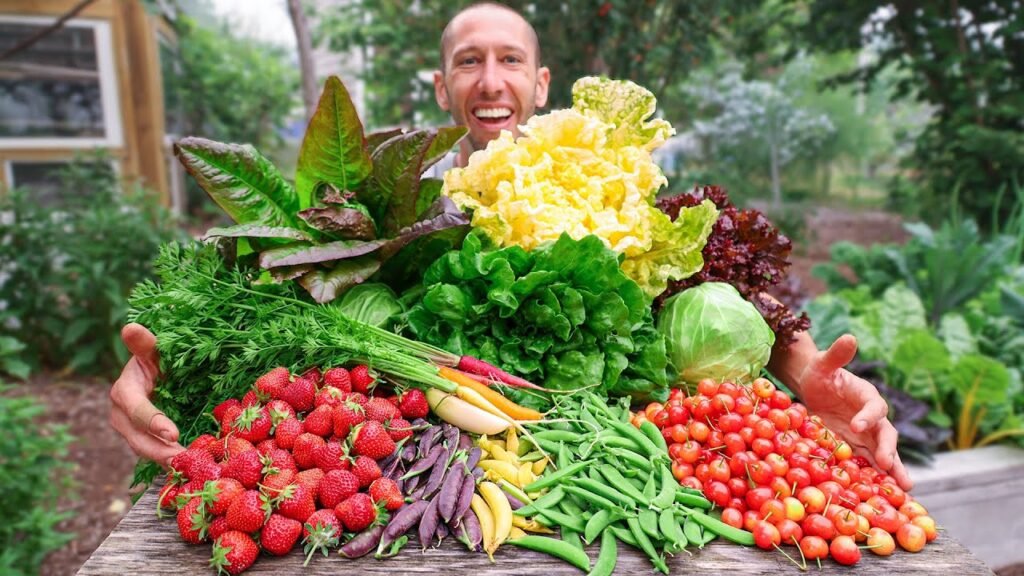
Succession planting in fall has several benefits for both beginner and experienced gardeners:
- Continuous Harvest: Instead of harvesting all crops at once, staggered planting ensures a steady supply of vegetables over several weeks or months.
- Maximized Garden Space: Even as summer crops are finishing, fall succession planting allows you to utilize available beds efficiently.
- Pest and Disease Reduction: Planting in intervals can reduce pressure from pests and diseases that might affect crops if planted simultaneously.
- Improved Crop Quality: Fall-planted crops often benefit from cooler temperatures, producing sweeter, crisper, and more nutrient-rich vegetables.
Succession planting is not just about convenience—it’s a strategic approach that can transform your fall garden into a productive and flavorful oasis.
Step 1: Plan Your Fall Garden
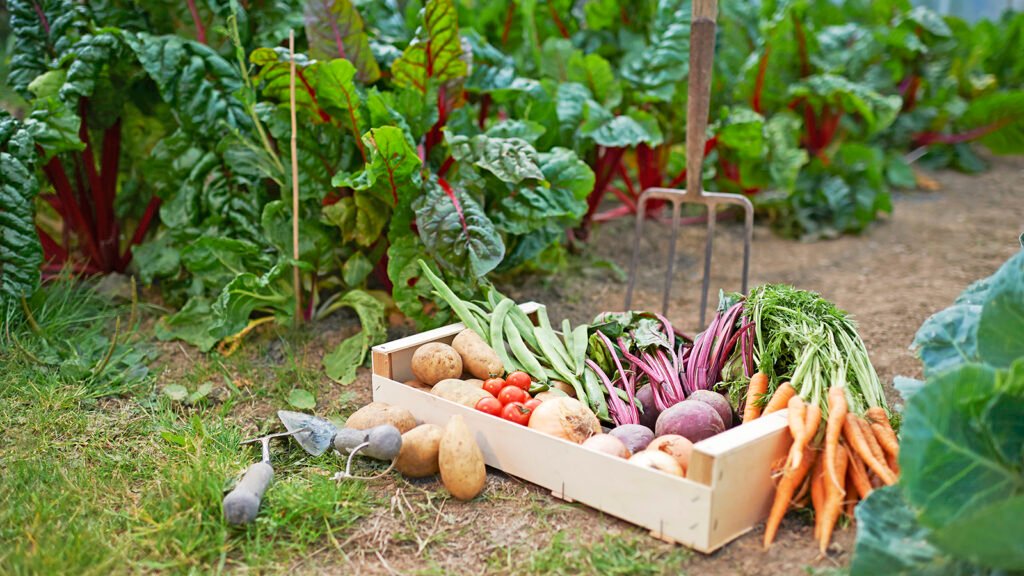
Planning is the foundation of successful succession planting. Begin by assessing your garden space, climate, and expected frost dates.
Key Planning Considerations:
- Frost Dates: Identify the average first frost date in your region to schedule planting appropriately.
- Garden Layout: Reserve areas for quick-growing crops, root vegetables, and leafy greens.
- Soil Preparation: Enrich garden beds with compost, organic matter, and balanced fertilizers to support healthy growth in cooler temperatures.
- Crop Selection: Choose cool-season vegetables that tolerate frost or benefit from it, such as kale, spinach, carrots, radishes, and broccoli.
A clear plan ensures that each succession planting fits into your garden schedule, preventing overlap and minimizing wasted space.
Step 2: Choose Crops for Fall Succession Planting
Not all vegetables thrive in cool weather. Focus on crops that are well-suited for fall conditions and can be harvested progressively.
Recommended Fall Crops:
- Leafy Greens: Lettuce, spinach, kale, arugula, and Swiss chard grow quickly and can be harvested multiple times.
- Root Vegetables: Carrots, radishes, beets, and turnips store well in cool soil and often become sweeter after frost.
- Cabbage Family: Broccoli, cauliflower, Brussels sprouts, and cabbage are hardy and improve in flavor after frost.
- Herbs: Parsley, cilantro, chives, and thyme tolerate cool temperatures and add fresh flavor to meals.
- Peas: Snow peas and snap peas thrive in cooler weather and provide a nutritious harvest.
Selecting the right crops ensures successful succession planting and continuous harvest throughout the fall season.
Step 3: Stagger Planting Intervals
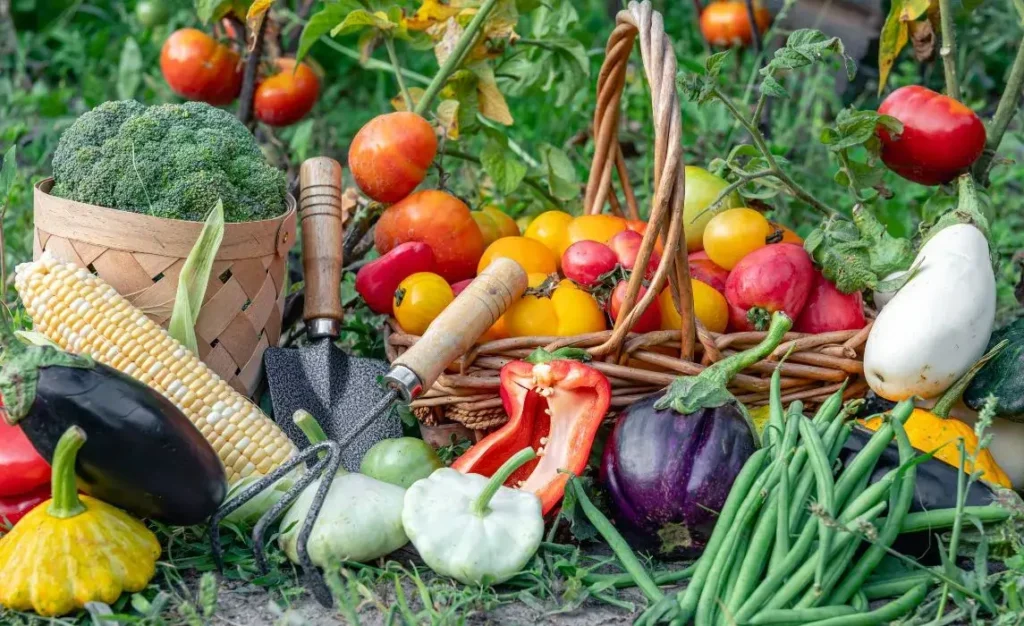
The essence of succession planting is staggering sowing dates to maintain a continuous harvest.
How to Stagger Planting:
- Quick-Growing Crops: Leafy greens and radishes mature in 3–6 weeks. Sow a new batch every 2–3 weeks to ensure continuous harvesting.
- Medium-Growing Crops: Broccoli, cabbage, and root vegetables take 8–12 weeks. Plant them in intervals of 3–4 weeks for steady production.
- Slow-Growing Crops: Brussels sprouts and winter kale may take 90–120 days to mature. Plant them early in the season so they are ready by late fall.
By staggering planting intervals, gardeners can enjoy a near-constant supply of fresh vegetables until the first hard frost.
Step 4: Prepare Garden Beds for Fall Planting
Well-prepared garden beds are essential for late-season success. Cool-season crops require nutrient-rich soil, good drainage, and protection from extreme weather.
Preparation Tips:
- Clear Summer Crops: Remove spent plants, weeds, and debris to prevent disease and pest problems.
- Amend Soil: Add compost, well-rotted manure, or organic fertilizer to replenish nutrients.
- Loosen Soil: Aerate the soil to promote root growth and improve water retention.
- Mulch: Apply mulch to moderate soil temperature, conserve moisture, and suppress late-season weeds.
Healthy, well-prepared soil supports strong root development and allows fall crops to thrive despite cooler temperatures.
Step 5: Provide Frost Protection
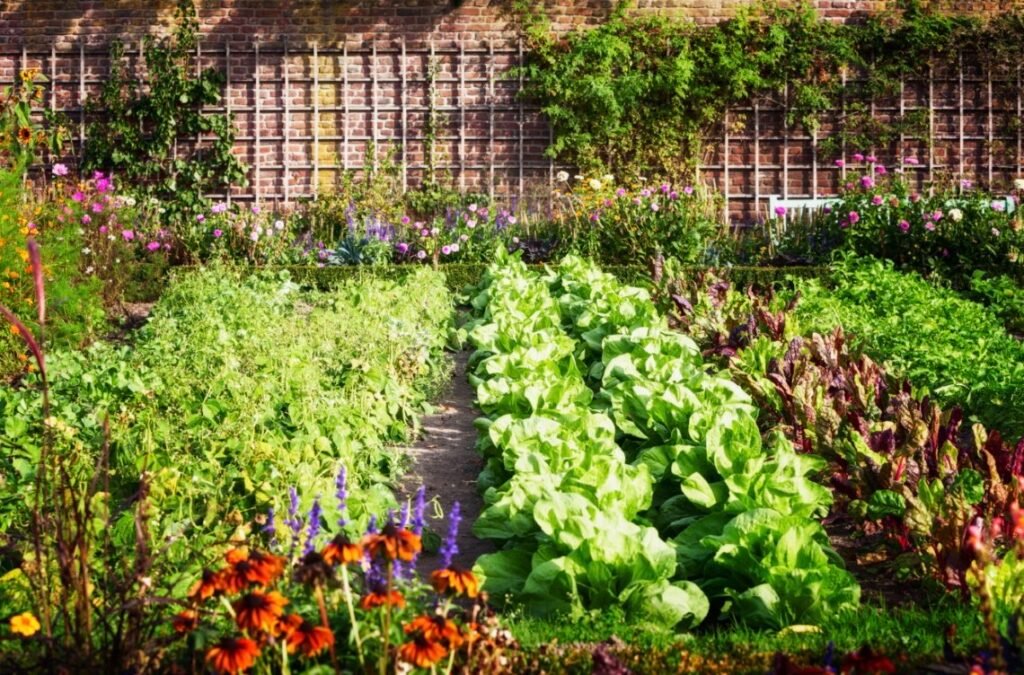
Late fall often brings frost, which can damage tender crops. Providing protection ensures a longer harvest period.
Frost Protection Techniques:
- Row Covers: Lightweight fabric protects plants from frost while allowing sunlight and moisture.
- Cold Frames: Mini-greenhouses trap heat and extend the growing season for sensitive crops.
- Mulching: Thick layers of straw or shredded leaves insulate roots and maintain soil warmth.
- Container Gardening: Growing crops in pots or raised beds allows you to move them to sheltered areas when frost is expected.
By protecting plants from frost, you can maximize the yield of your late-season garden.
Step 6: Maintain Your Fall Garden
Regular care is crucial for the success of succession planting.
Watering:
- Keep soil evenly moist, especially during dry periods.
- Water early in the day to allow leaves to dry and reduce disease risk.
Pest Management:
- Cool weather reduces most pests, but slugs, aphids, and caterpillars may still appear.
- Use organic solutions like neem oil, diatomaceous earth, or companion planting to control pests.
Harvesting:
- Pick crops regularly to encourage continued growth.
- Harvest leafy greens and herbs before frost damage occurs.
Maintaining your fall garden ensures that each succession planting produces maximum yield and quality.
Step 7: Plan for Storage and Preservation
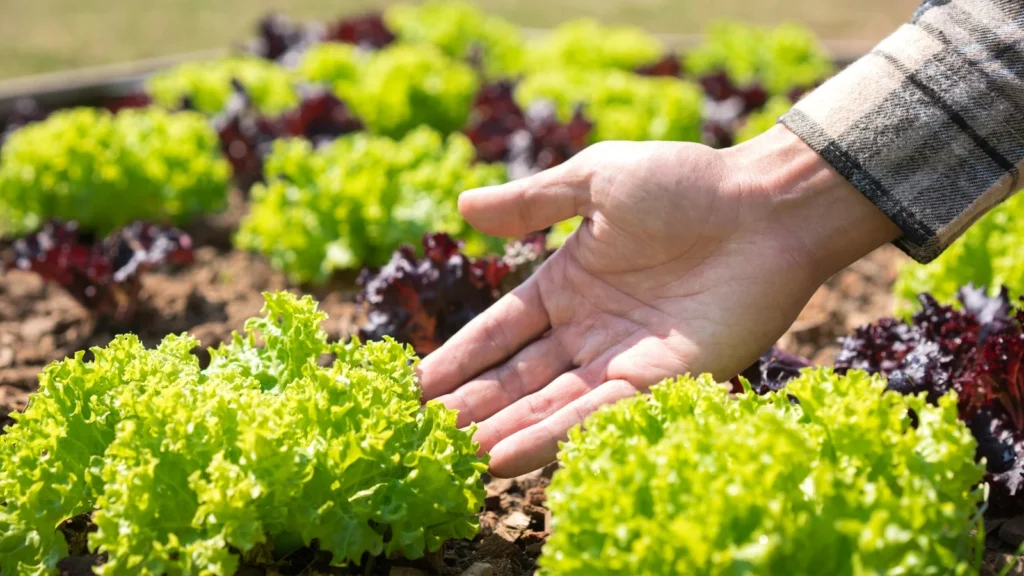
Fall harvests can be abundant, so planning for storage and preservation helps reduce waste and allows enjoyment of your garden’s bounty throughout winter.
Storage Tips:
- Root Vegetables: Carrots, beets, and turnips store well in cool, dark, and moist conditions.
- Leafy Greens: Spinach and kale can be blanched and frozen for later use.
- Cabbage and Brussels Sprouts: Store in a cool, ventilated area or pickle for long-term use.
- Herbs: Dry or freeze fresh herbs to maintain flavor throughout the winter.
Succession planting combined with proper storage maximizes your garden’s productivity and extends the enjoyment of fresh, homegrown vegetables.
Benefits of Fall Vegetable Succession Planting
- Continuous Supply: Enjoy fresh vegetables week after week without gaps in production.
- Better Flavor: Cool temperatures improve the taste of many crops, especially root vegetables and leafy greens.
- Maximized Space: Succession planting ensures that every inch of garden bed is utilized efficiently.
- Educational Experience: Fall succession planting teaches gardeners about crop rotation, planting intervals, and season extension.
By implementing succession planting, gardeners transform their fall garden into a productive, flavorful, and sustainable system.
Conclusion
Fall succession planting is a strategic approach to extend the growing season, maximize garden productivity, and enjoy a steady supply of fresh vegetables. By carefully selecting frost-tolerant crops, staggering planting intervals, preparing soil, providing frost protection, and maintaining proper care, gardeners can enjoy continuous harvests well into late autumn.
Leafy greens, root vegetables, cabbage family crops, herbs, and peas are ideal for succession planting, and each benefits from cooler temperatures and frost exposure. With thoughtful planning and attention to detail, gardeners can create a vibrant and productive fall garden that provides fresh, nutritious, and flavorful produce for weeks or even months.
Fall succession planting is more than a technique—it is a philosophy of maximizing garden potential, extending the season, and savoring the rewards of careful planning and cultivation. By embracing these strategies, gardeners can enjoy a fruitful, resilient, and highly productive garden from the first frost to the last.
